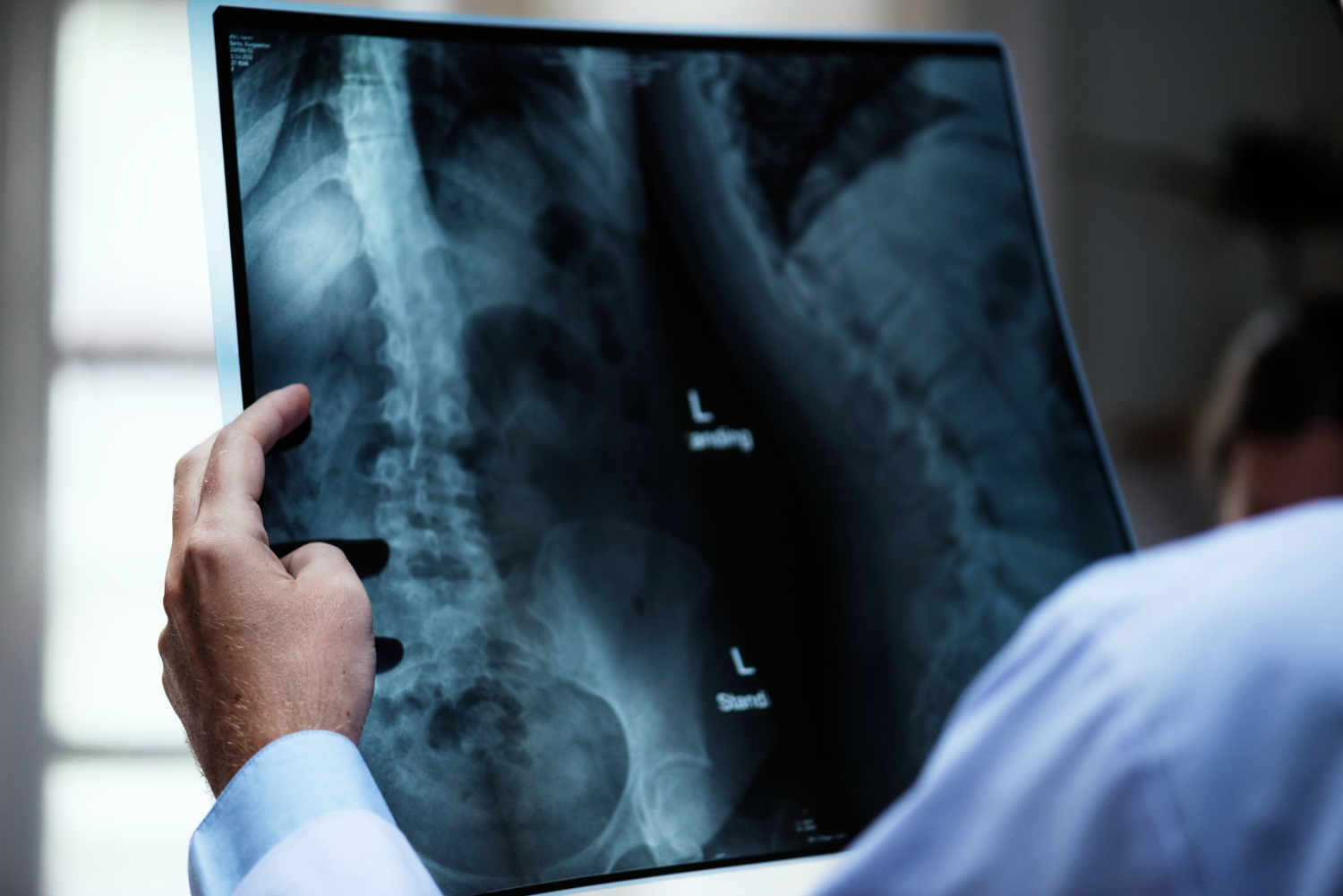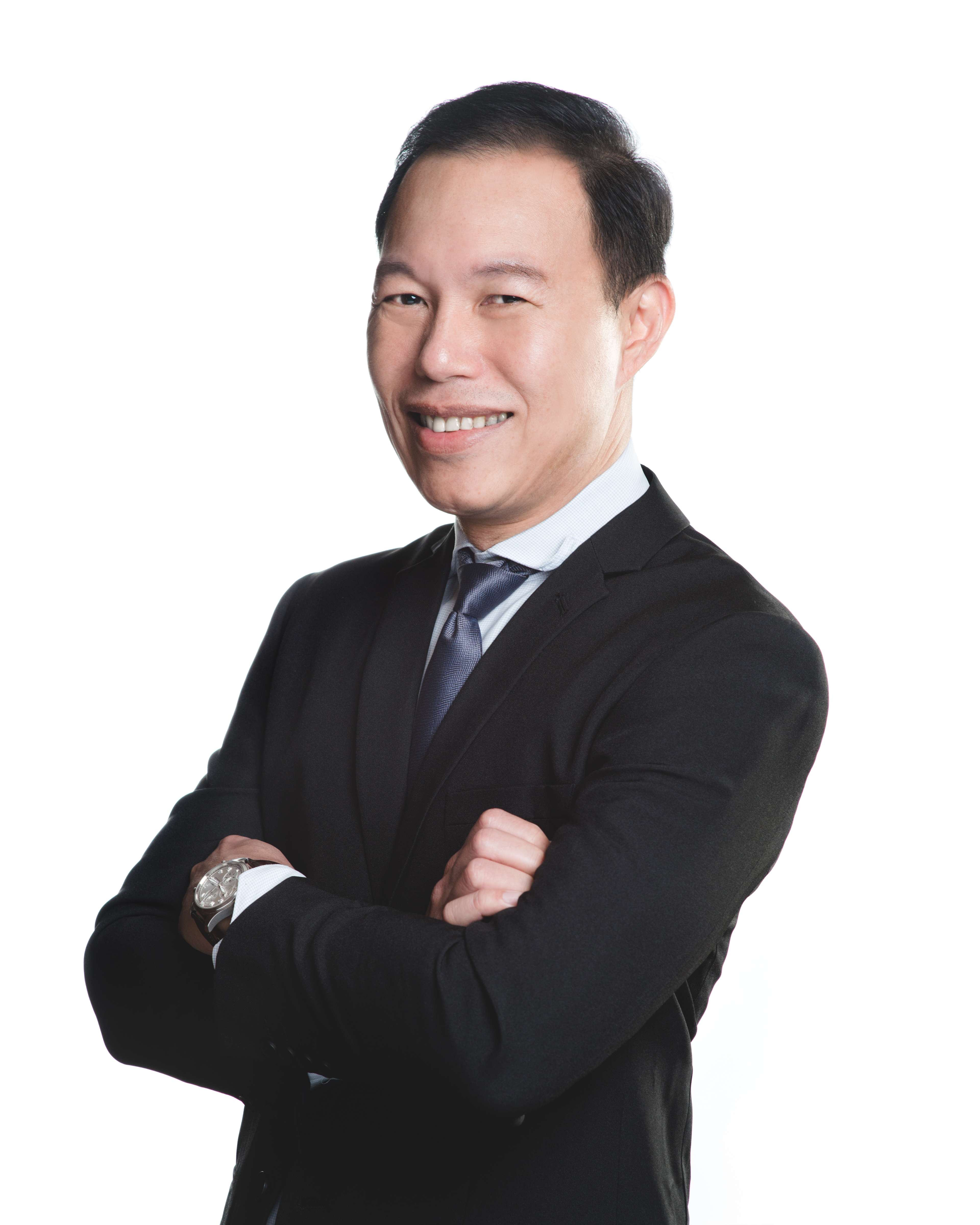SMC Shares Importance of Spine Screening for Early Scoliosis Detection
05 July 2023

KUALA LUMPUR, July 5 (Bernama) -- Understanding scoliosis and knowing when to seek attention is key to timely intervention and prevention as this will encourage prompt medical consultation, provide emotional support to those affected and eradicate misconceptions surrounding the spine condition.
Sunway Medical Centre (SMC) Sunway City in a statement said that the important thing to take note about scoliosis is that it is commonly associated with spinal rotation deformity which causes the spine to twist and curve to one side.
Based on the statement, scoliosis is the most common spinal deformity and it is a prevalent medical condition where the spine appears to be an ‘S’ or ‘C’ shape which can occur in any part of the spine, including the upper (thoracic), lower (lumbar), middle (thoracolumbar), or as a double curve (upper and lower regions).
This medical condition affects people of all ages and while it often develops during childhood or adolescence, it can also manifest in adulthood where if left untreated, scoliosis can lead to significant discomfort, pain, as well as potential long-term complications.
SMC Consultant Spine Surgeon Dr Saw Lim Beng said congenital scoliosis and infantile scoliosis are detected during the first few years of life, while adolescent idiopathic scoliosis is the most common form for teens and degenerative scoliosis is usually diagnosed in middle-aged people of around 40 to 50 years old.
 To detect the condition in patients, Dr Saw will use a simple clinical test known as Adam’s forward bend test where they need to bend forward with the examiner standing at the back of the patient, compare the level of the left and right side at the back of the chest and loin to look for a hump on one side of the back which shows that the patient has scoliosis.
To detect the condition in patients, Dr Saw will use a simple clinical test known as Adam’s forward bend test where they need to bend forward with the examiner standing at the back of the patient, compare the level of the left and right side at the back of the chest and loin to look for a hump on one side of the back which shows that the patient has scoliosis.
Other symptoms may also include shoulder imbalance where one side is higher than the other as well as a pelvic tilt. The best way to confirm the condition is by taking a full spine x-ray.
According to Dr Saw, parents should be aware of this condition in their children and bring them for early assessment, especially for those who have a family history of scoliosis.
As for adults, there are two possibilities in which one can develop scoliosis with the first being idiopathic scoliosis which inflicts teens and the curve of the spine progresses as the patient ages, eventually becoming severe in adulthood, usually when the patient hits middle age.
The second group of adults suffer from degenerative scoliosis, also known as de novo scoliosis. This group usually has a completely normal spine but slowly progresses to develop scoliosis due to deterioration of their spine.
“Most scoliosis patients do not complain of pain while some may experience back discomfort with prolonged sitting or standing. However, such pains are usually treatable with medication and physiotherapy,” he said.
Treatments for children on the other hand, generally rely on their skeletal development maturity, the severity of scoliosis and the risk of continuing curve progressions.
“Minor spinal curve in a young child is usually treated conservatively with braces and physiotherapy, while those with larger curves and body imbalance showing signs of high-risk progression, surgery would probably be a better option,” he added.
He said it is important to remember not to excessively overload the spine which can increase wear and tear of ligaments as well as disc structure within the spine leading to an increase in degenerative progression since the spine’s basic function is to provide support to the upper body and offer mobility.
“Do regular core muscle exercises and strengthening exercises to improve the strength of the muscles surrounding the spine. This gives protection to the spinal ligaments and discs which can also help to reduce injury. Lastly, a good posture is essential as it will give even distribution of load across the spine, reducing the wear and tear,” Dr Saw said.
SMC recently organised an event in conjunction with Scoliosis Awareness Day where patients and consultants shared their experiences and gave bits of advice which helped in spreading much-needed information on scoliosis.
Source: BERNAMA
后退




